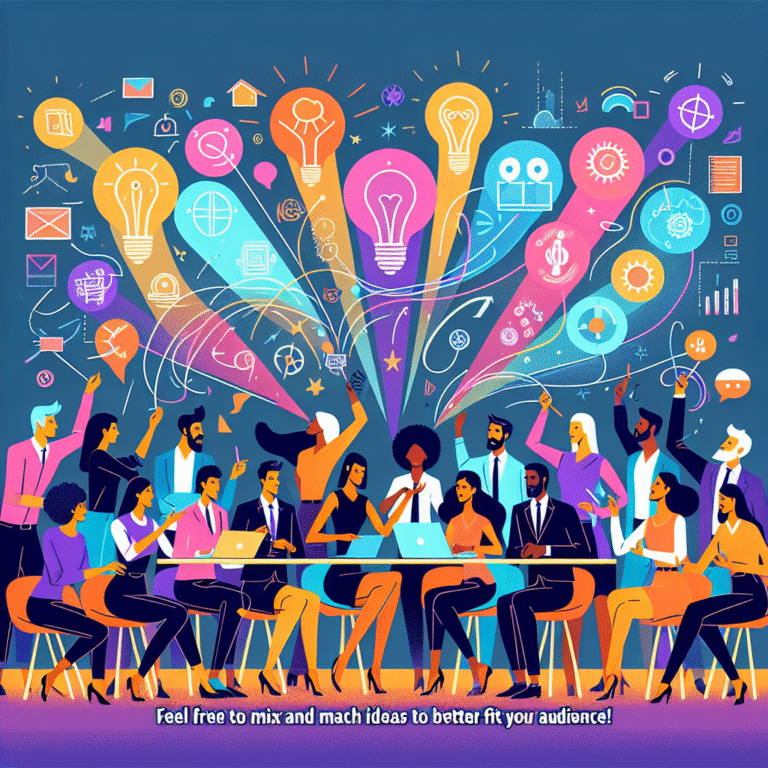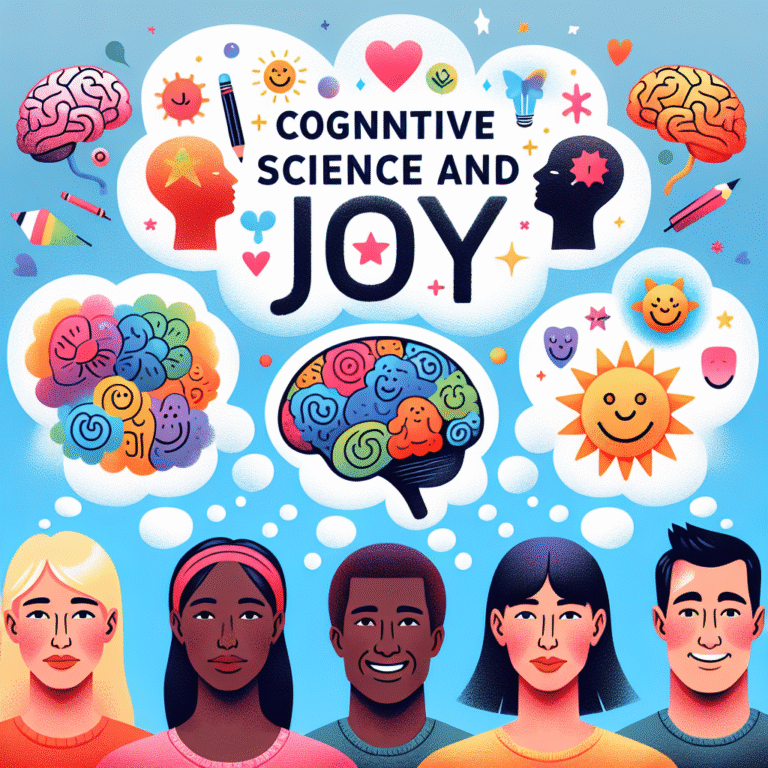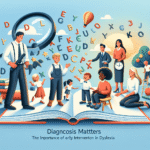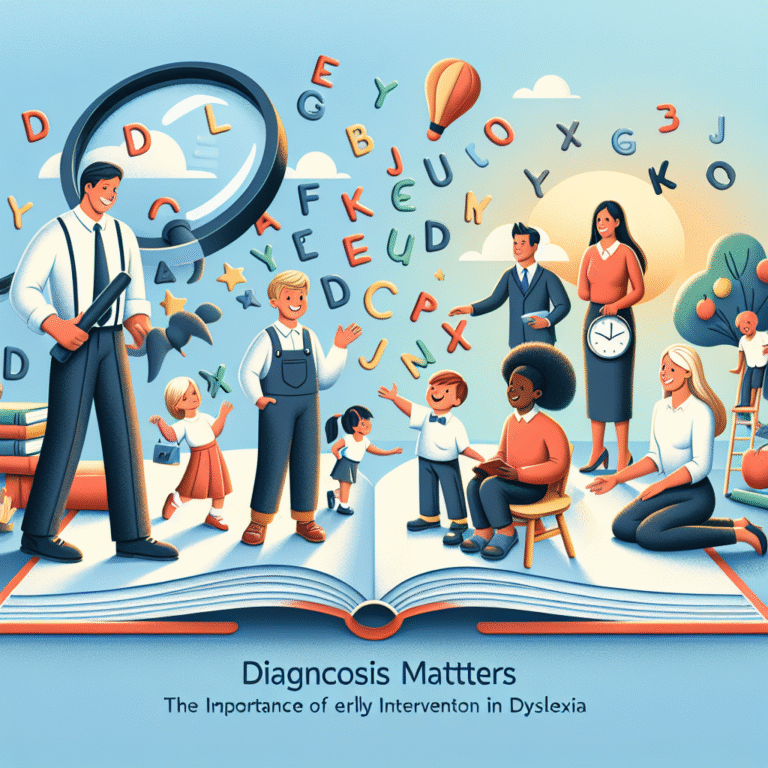
From Chaos to Clarity: Mastering the Essential Skills to Identify Emotional Triggers
Introduction: The Journey from Turmoil to Understanding
Have you ever felt your emotions spiraling out of control, leaving you confused and overwhelmed? The whirlwind of emotions can sometimes feel like a chaotic storm, making it difficult to think straight or respond to situations effectively. However, with the right skills and strategies, you can navigate through this storm, transforming chaos into clarity. In this in-depth exploration of From Chaos to Clarity: Mastering the Skills to Identify Emotional Triggers, we will delve into the fascinating world of emotional intelligence, examine practical techniques to identify and manage triggers, and equip you with the tools to achieve emotional mastery.
In today’s fast-paced society, understanding our emotional triggers is not just beneficial; it is essential for our mental health and well-being. By mastering these skills, you can improve your relationships, enhance your decision-making abilities, and lead a more fulfilling life. Let us embark on this transformative journey together.
Understanding Emotional Triggers
What Are Emotional Triggers?
At its core, an emotional trigger is a stimulus that evokes a strong emotional response. This may be a situation, a person, or even a particular word or phrase that resonates with our past experiences. Understanding emotional triggers begins with recognizing that they often root deeply in our personal history, experiences, and unmet needs.
Why Identifying Emotional Triggers Matters
Mastering the skills to identify emotional triggers helps us to:
- Enhance Communication: Recognizing our own emotional triggers allows us to communicate more effectively with others.
- Improve Relationships: Being aware of the triggers that affect us can help strengthen our connections with others.
- Promote Mental Well-being: By understanding our triggers, we can manage our responses, reducing stress and anxiety.
Real-World Case Study: The Workplace Dilemma
Consider the case of Sarah, a project manager who consistently found herself overwhelmed during team meetings. Her heart raced, and she often felt defensive when her proposals were questioned. After seeking help, Sarah learned that her triggers stemmed from previous experiences where her ideas had been dismissed in past jobs. By identifying this pattern, she could prepare her thoughts before meetings and respond more thoughtfully, ultimately transforming her experience at work.
| Trigger | Emotional Response | Strategy for Management |
|---|---|---|
| Criticism | Defensiveness | Practice active listening and respond with open questions. |
| Unfamiliar Situations | Anxiety | Prepare in advance and visualize successful outcomes. |
| Lack of Recognition | Frustration | Communicate openly with colleagues about appreciation. |
Techniques to Identify Your Emotional Triggers
1. Self-Reflection: The Gateway to Awareness
Engaging in self-reflection is a crucial first step. Keeping a journal can facilitate this process. Write about daily events that evoked strong emotions, examining the context and your responses. This practice will highlight your triggers, strengthening your emotional vocabulary.
Tips for Journaling:
- Dedicate a few minutes each evening to reflect on your day.
- Be specific about the events and your feelings.
- Look for patterns in your responses over time.
2. Mindfulness and Emotional Awareness
Practicing mindfulness can significantly enhance your ability to recognize emotional triggers. By being present and attentive to your feelings, you can better understand the nuances of your emotional reactions. Mindfulness involves:
- Breathing techniques
- Guided meditation
- Body scans to detect where you store emotions
3. Seeking Feedback from Others
Engaging trusted friends, family, or mentors in conversations about your emotional reactions can provide valuable insights. Often, others see patterns within us that we might overlook. Consider asking straightforward questions like, “What do you think triggers my anger?” or “When have you seen me react strongly?”
Emotional Triggers in Action: Case Study Analysis
Case Study: The Power of Feedback
Meet James, who always felt anxious when speaking in groups. His friends noted that he struggled with feelings of inadequacy. Upon examining his background, James realized that his trigger arose from childhood experiences of being overshadowed by more outspoken siblings. Following this revelation, he sought feedback from his peers, who encouraged him on his strengths, gradually building his confidence.
Discussion:
James’ story illustrates that emotional triggers can often limit our potential until we recognize and address them. By mastering techniques to identify these triggers, such as seeking feedback, we take significant steps toward emotional clarity.
Building Emotional Resilience
1. Creative Expression: A Form of Emotional Release
Engaging in creative outlets can be an effective way to cope with and understand your emotional responses. This might include:
- Art: Painting or drawing can help express emotions that are otherwise difficult to articulate.
- Writing: Poetry or stories can serve as a cathartic release and help process your feelings.
2. Cognitive Behavioral Strategies
Cognitive-behavioral techniques encourage changing negative thought patterns into positive ones. By recognizing your emotional triggers, you can challenge the thoughts associated with them.
Example Exercise:
- Identify a trigger.
- Write down the automatic thoughts that arise.
- Challenge these thoughts by asking, “Is this thought based on facts? What evidence do I have?”
3. Practice Self-Compassion
Often, we are our harshest critics. Practicing self-compassion can change how we respond to our emotional triggers. When you experience a triggering situation:
- Acknowledge your feelings: It’s okay to feel upset or angry.
- Offer reassurance: Remind yourself that it’s natural to experience emotions.
- Encourage growth: View these feelings as opportunities for growth rather than weaknesses.
Conclusion: Your Path to Clarity
Navigating the complexities of our emotions may seem daunting, but by mastering the skills to identify emotional triggers, you take the pivotal step from chaos to clarity. Understanding your triggers empowers you to respond thoughtfully rather than react impulsively, leading to improved relationships and enhanced emotional well-being.
As you embark on this journey, remember the importance of self-reflection, mindfulness, and open communication. Life is not about the absence of triggers but about how we choose to respond to them. Equip yourself with these essential skills, and transform your emotional chaos into a clear, enriched life.
FAQs
1. What are some common emotional triggers?
Common triggers include criticism, rejection, feeling ignored, unresolved issues from the past, and stressful situations. Recognizing which of these affect you is the first step towards mastering them.
2. How can I effectively manage my emotional triggers in a stressful workplace?
Implement practices such as mindfulness, seeking feedback, and engaging in open communication with coworkers. These tools can help you respond to stressors more constructively.
3. Is it possible to change my emotional triggers?
While you cannot change the triggers themselves, you can certainly change your reactions to them through techniques like cognitive restructuring and emotional regulation strategies.
4. How can journaling help me identify my emotional triggers?
Journaling allows you to document your feelings and emotional responses, helping to reveal patterns over time. This awareness is crucial for recognizing and managing triggers effectively.
5. What role does emotional intelligence play in managing triggers?
Emotional intelligence involves the ability to understand and manage your emotions, as well as empathize with others. By developing this intelligence, you can better recognize your triggers and mitigate their effects.
By investing your time and effort into mastering the skills focused on in From Chaos to Clarity: Mastering the Skills to Identify Emotional Triggers, you pave the way for a more fulfilling life. Embrace this journey of self-discovery and emotional intelligence, turning chaos into the clarity that leads to profound personal growth.
















